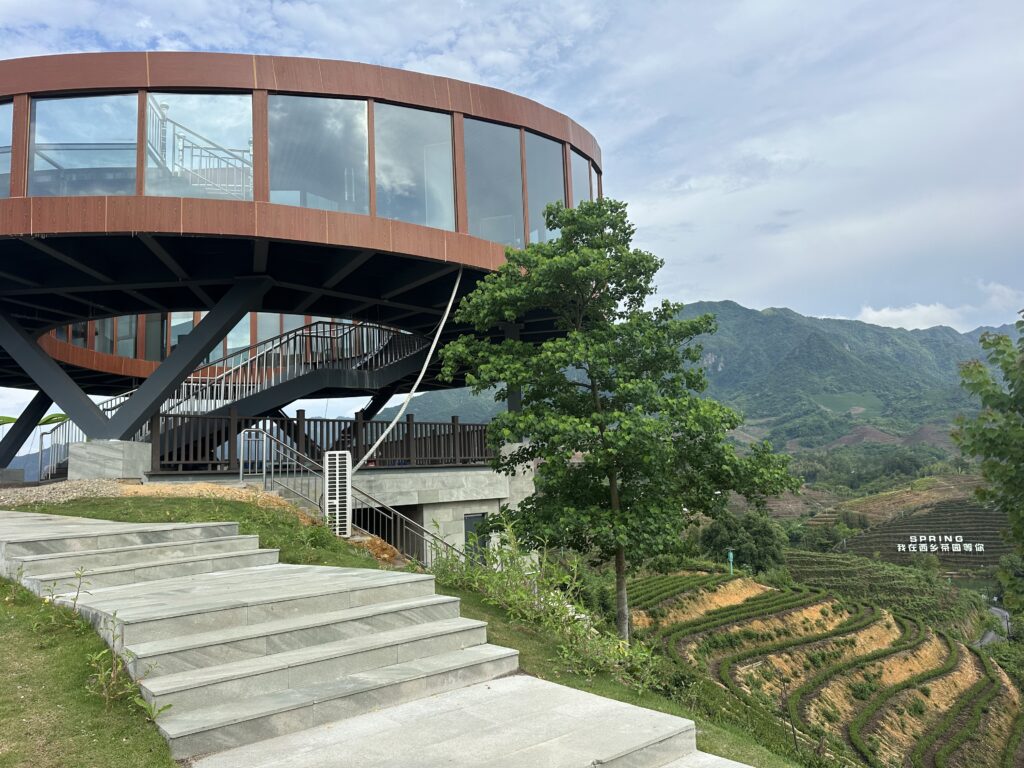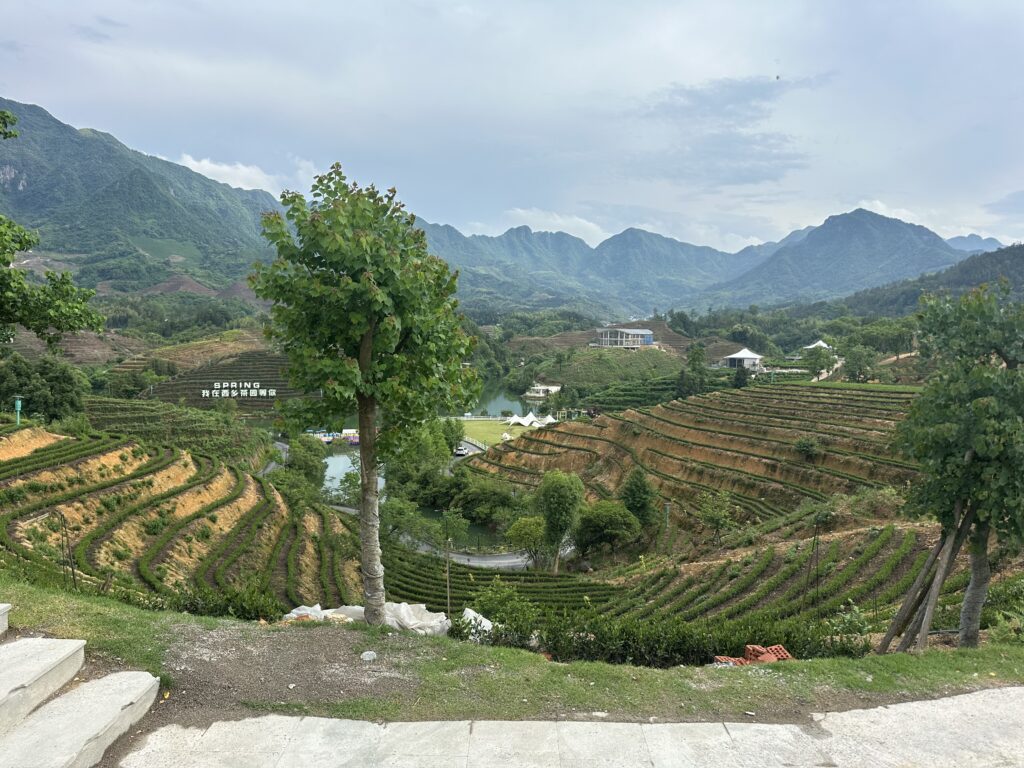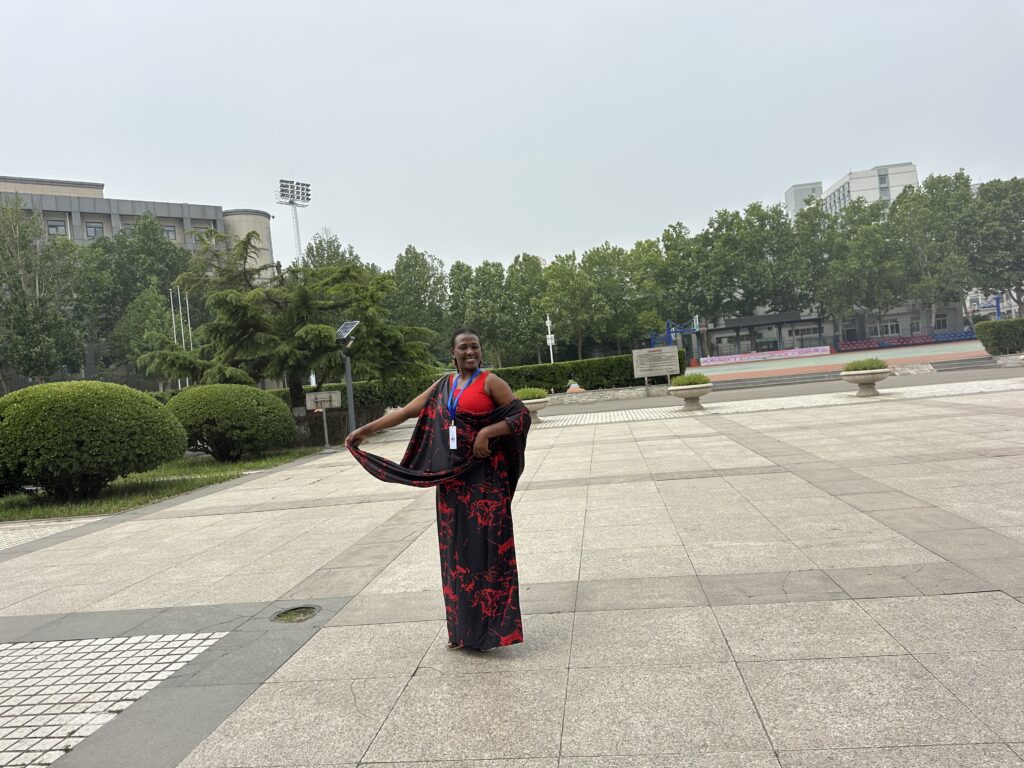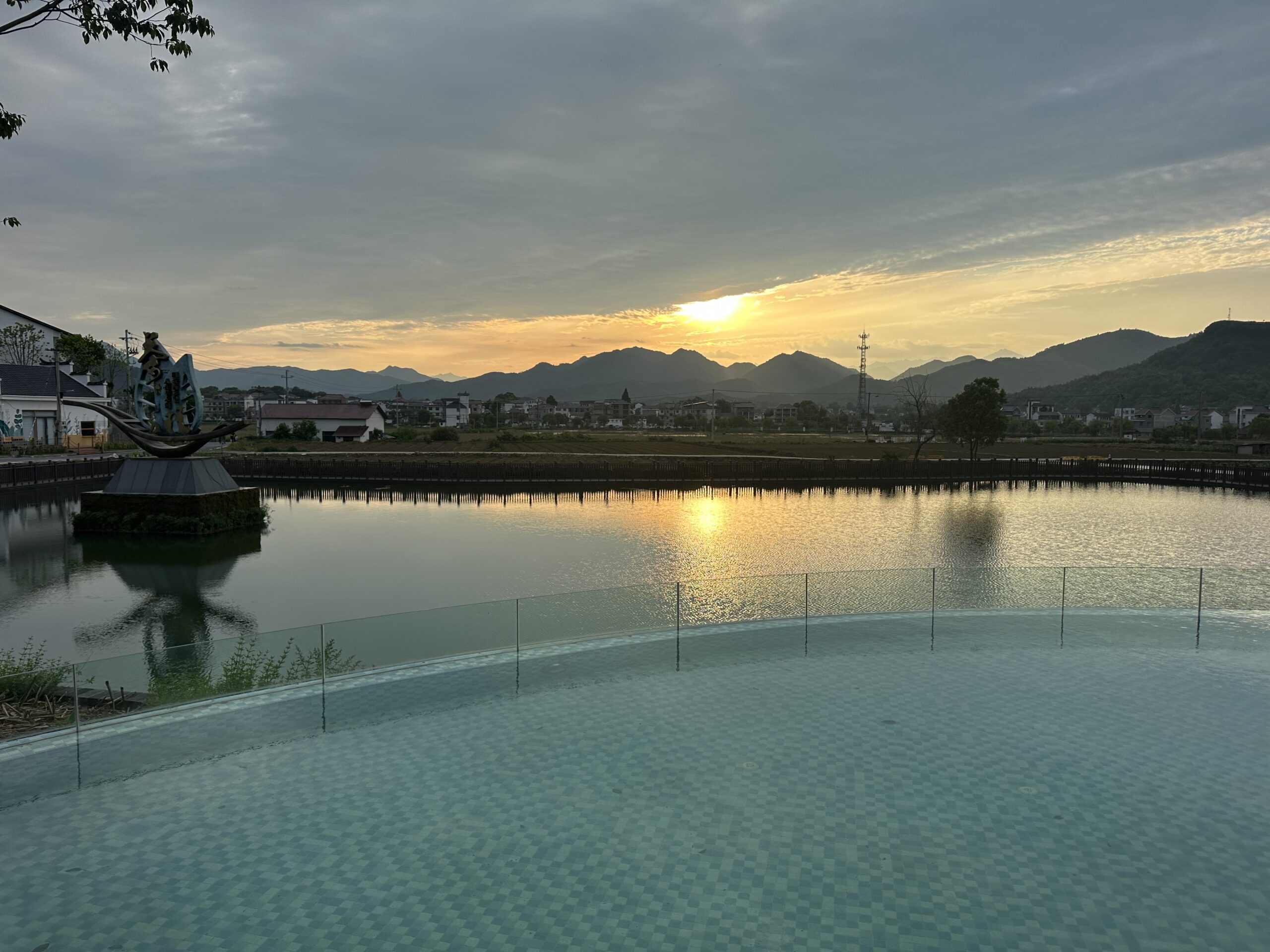A firsthand perspective on China’s human infrastructure, and why Africa must invest in its people to build its future.

China’s skyline may be dominated by glass towers and bullet trains, but its real foundation wasn’t forged in steel or concrete. It was built in classrooms, in rural mountain villages and urban centers alike, where the country made a long-term, strategic decision: educate its people not just for literacy, but for capability.
Over the past few decades, China’s transformation into a global powerhouse has stunned the world. But beneath the economic data and infrastructure marvels lies a less-discussed engine of that rise: a workforce deliberately developed through massive investments in education, particularly technical and vocational training. From village schools to modern universities, the Chinese state created a system that produced not just workers, but builders, individuals equipped to construct highways, subway systems, smart cities, and entire modern towns.

And it worked. So well, in fact, that a new problem emerged: what do you do with the builders once the building is done?
The Irony of Success: Job Scarcity at Home, Leadership Abroad
On my flight back from China, I found myself seated next to a young Chinese engineer in his early 30s. The plane, like many others departing China, was filled with professionals heading out to work on infrastructure and development projects around the world, part of a quiet but massive wave of skilled talent now building beyond China’s borders.

Calm, articulate, and focused, he was on his way back to a major clean water infrastructure project in East Africa after a short holiday in China, one of the twice-yearly visits he makes to see his family. He wasn’t a technician; he was the project lead. What struck me wasn’t just his competence, but the quiet irony in his story: despite his expertise, he couldn’t find meaningful work back home, not because he lacked talent, but because China had already built so much.

Why? Because China has, in many ways, finished the first chapter of its development. The roads are built. The cities are linked. The foundational layers of growth, logistics, heavy construction, urbanization, have been largely achieved. And so, the very system that trained millions to build China now faces an unusual dilemma: too many builders, not enough building left to do.

But instead of letting talent wither, a new chapter began. Skilled Chinese professionals, engineers, welders, electricians, IT specialists, are increasingly taking their expertise abroad.
Debunking the Myth: Who Are China’s Overseas Workers?
Across African communities, I’ve often heard a troubling rumor: that many of China’s workers abroad are actually prisoners, exported as part of some opaque government labor scheme. I used to wonder myself. But experience tells another story.
The young engineer I met on that flight wasn’t a prisoner. He was a proud professional, excited to share how his technical skills were helping solve real-world problems, not just for China, but for the world. His demeanor, education, and sense of responsibility painted a clear picture: China isn’t exporting forced labor; it’s exporting capability.
These workers aren’t fleeing hardship. They are ambassadors of a system that educated its way into global influence. The transformation is not only visible in the structures they build but in the relationships they forge, the skills they share, and the reputation they leave behind.
Education as Infrastructure: The Workforce Without Borders
We often think of infrastructure as roads, bridges, or train lines. But there’s another kind of infrastructure, human infrastructure, and China has been building it for decades.

This investment was especially bold in rural areas. While other nations struggled to deliver basic services beyond cities, China’s educational push climbed mountains and crossed rivers. Vocational schools flourished. Technical colleges rose. Problem-solving and practical training became the default, not the exception.

The result? A workforce without borders. When China’s domestic demand slowed, its human infrastructure didn’t collapse. It pivoted. And today, Chinese professionals lead projects across Africa, the Middle East, and Southeast Asia, often in leadership roles that were once reserved for Western consultants or foreign contractors.
Soft Power, Reimagined
This quiet workforce migration has become one of China’s most potent, and least understood, forms of diplomacy. These aren’t politicians or diplomats. They are problem-solvers who build and leave behind functioning systems.

It’s not soft power in the Western sense, there’s no Hollywood, no viral content. But it is power, softly delivered. A water system that works. A road that connects. A bridge that holds.
And perhaps most importantly: a partnership that forms.
Final Thoughts: Lessons for the World
As I reflected on that flight conversation, I was struck not just by how far China has come, but how it got there: by betting on people. Its success wasn’t just built on state planning or massive capital. It was built on classrooms that prepared ordinary citizens to do extraordinary things.
Now, as Chinese professionals lead projects far from home, they carry with them a lesson many nations should take seriously: true development is not just about building a country, it’s about building people.
Because in the end, concrete cracks and steel rusts. But knowledge? Knowledge travels. And in China’s case, it’s traveling well.








